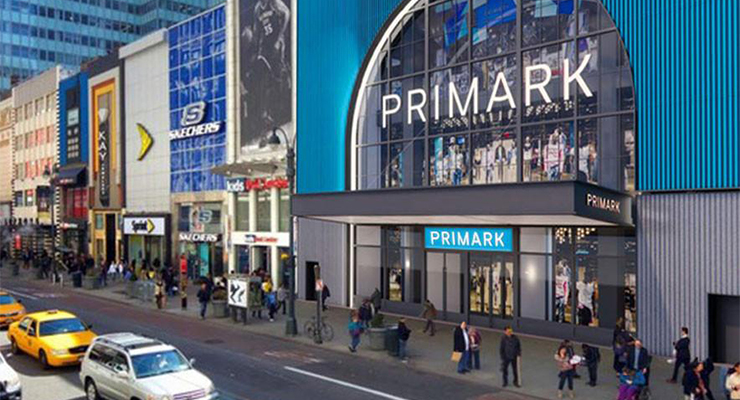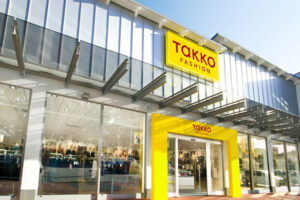In Primark, ABF continues to target low-single digit sales growth for the full year. This will be driven by their store rollout program in growth markets in Europe and the US, which is on track to contribute around 4% to total Primark sales growth, offset by weaker sales in the UK and Ireland.
Primark’s U.S. business reportedly amounts to around 5% of the unit’s total sales. It currently trades from 29 stores in the U.S. and has signed an additional 18 leases.
While Primark continues to assume its trading in the UK remaining challenging in H2 2025, there have been some early signs of improvement in recent weeks. The retailer’s focus is on driving underlying growth across its markets as ABF continues to strengthen Primark’s great-value proposition through initiatives in product, digital and brand. The adjusted operating profit margin in 2025 is expected to be broadly in line with last year’s level. This reflects an improvement in gross margin and good cost management, offsetting wage inflation and a step up in investment.
Moreover, the adjusted operating margin in H2 2025 is expected to be lower than it was in H1 2025, given the impact from phasing of one-off items which benefitted H1 2025. Primark continues to make good progress with its store rollout program and targets a contribution of around 4% to 5% to its total annual sales growth for the foreseeable future.
“Primark delivered good growth in Europe and the US, with continued consumer caution in the UK,” explained George Weston, Chief Executive of Associated British Foods. “Primark’s profit and margin delivery was strong and our low-cost operating model is working well. Our focus remains on sharp execution of our key growth initiatives across product, brand, digital and new market entry.”







